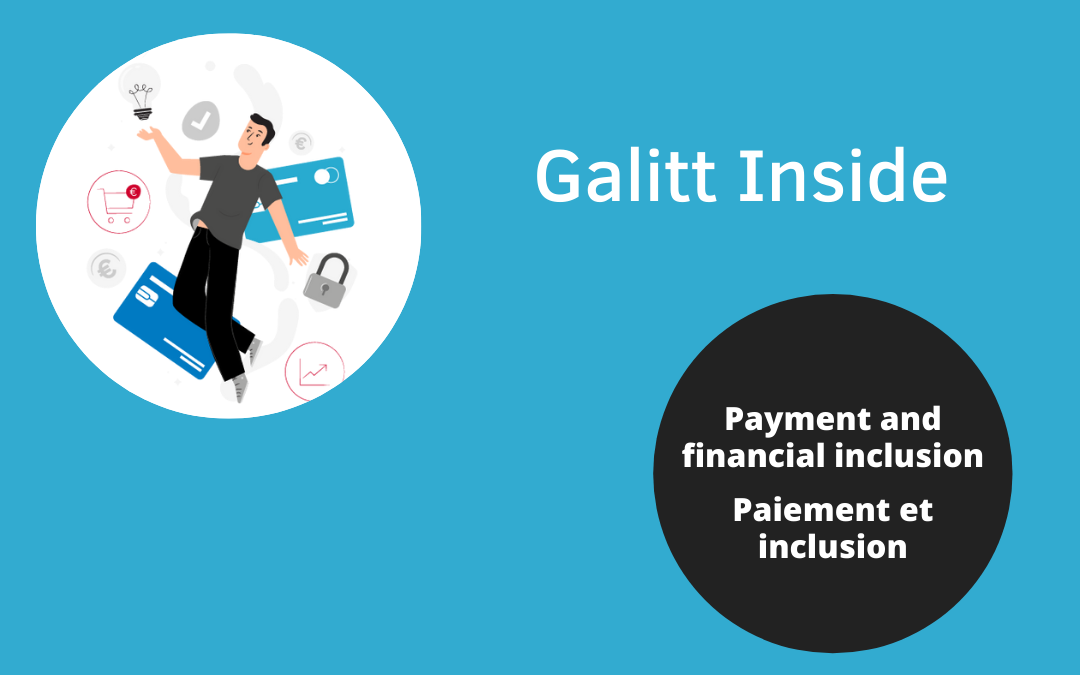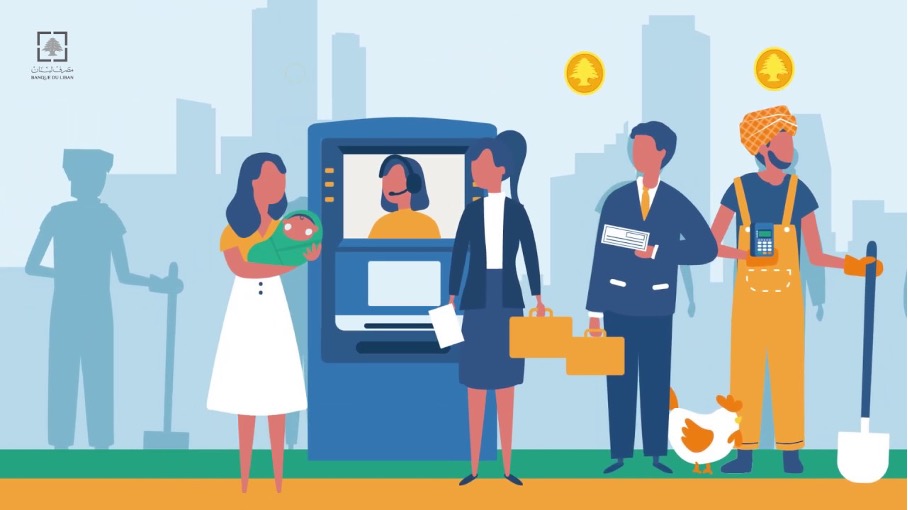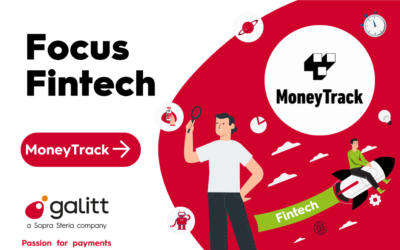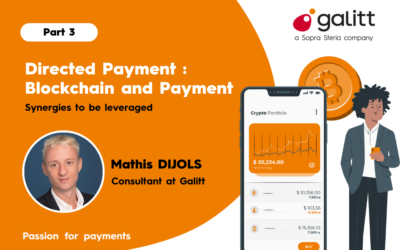Payment and financial inclusion

Beyond their primary functions of payment and custody, financial services also have a societal role to play. One of the most important, yet overlooked, challenges is making payments and banking services accessible to all. Payment and financial inclusion are subjects touching hundreds of millions of people around the world who still do not have access to the most basic services such as the ability to set up a bank account and all the other services associated with it.

Source : Banque du Liban
Financial inclusion: the societal challenge of payment
The financial world is not just about money transfers between two parties. Many countries in the world have not yet established a stable financial system, allowing their population to access banking services. Making money transfers, having the option to save or to borrow in order to set up a project… All these options are simply inaccessible for many people.
Motivated by this realization, more than 80 countries have endorsed the 2011 Maya Declaration of the Alliance for Financial Inclusion. This declaration is the first in a series of commitments to improve financial inclusion globally. These commitments include:
- Protecting and educating consumers about banking services
- Establish proportionate and fair regulatory frameworks
- Think about financial services accessible on smartphones. (LINK TO MOBILE BANKING ARTICLE)
The smartphone is an object whose adoption is massive, even in some countries in difficulty. Its versatility has led many fintechs to exploit it: mobile banking has developed very strongly in Africa. The cell phone acts as a virtual bank card and allows users to make transactions even without a bank account. This type of service is used by nearly two-thirds of adults in Kenya via the M-Pesa application, proving that it fills a real need.
Solutions to respond to disability
More developed countries are not completely immune to the risks of financial exclusion. Even though banking services are more common in these countries, some people with disabilities that exclude them from standard services may need special solutions.

Source : HandSome
For example, ING Bank recently introduced a notched bank card in Belgium for the visually impaired. The notch is placed on one side of the card, allowing the cardholder to identify which side the chip is on. They can then insert their card into the Eftpos terminals without making a mistake and can also differentiate between “credit and debit cards thanks to laser engraving”. ING has even announced that they plan to eventually replace their entire fleet of cards with the notch card.
HandSome is a neo-bank that has been chosen by Mastercard to propose a project of this type. The objective is to allow people with disabilities to have access to a solution adapted to their needs, via the association of a smartphone and a connected bank card. In concrete terms, when the cardholder inserts his or her connected card into a terminal, a signal is sent to the smartphone so that it “speaks” the payment protocol.
Finally, Alt.bank is a young Brazilian Fintech that has set itself the mission of facilitating access to banking services for all Brazilians, including the illiterate. With a color code allowing the user to understand the process, the banking application is usable even for people who cannot read.
There is a strong correlation between the topic of inclusion and the topic of green and eco-friendly payments that we discussed in a previous article. Financial inclusion is one of these important global issues for payment players. The principle of financial inclusion is enshrined in French law and must be respected when developing a new banking solution. The advent of the smartphone opens up great possibilities in this area, which combined with the desire of young Fintechs leads to real viable and innovative services.



